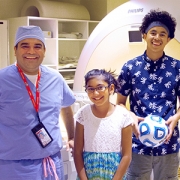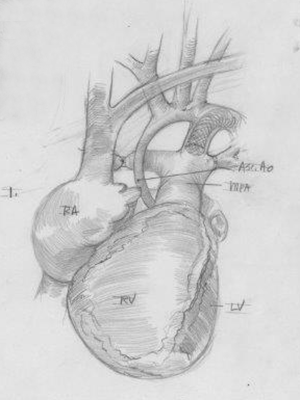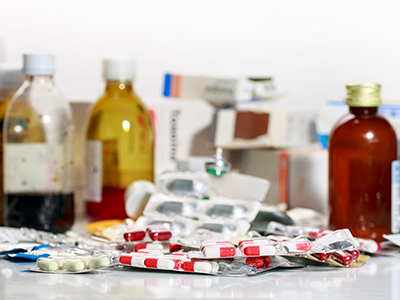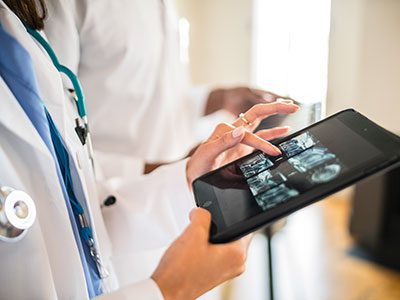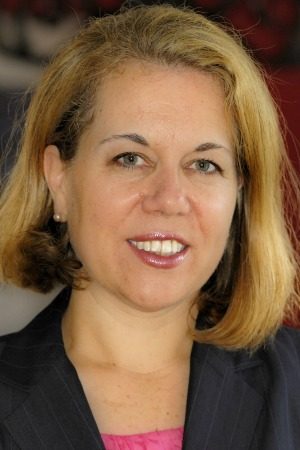FDA approves MR-HIFU system to treat osteoid osteoma
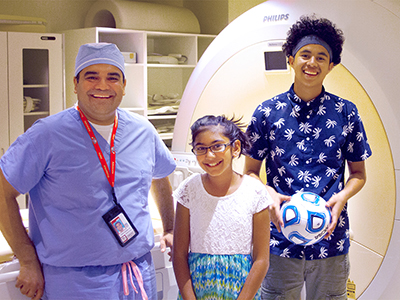
“This FDA approval encourages and further motivates our focused ultrasound program to continue to develop and expand clinical applications of MR-HIFU in the pediatric population,” said Karun Sharma, M.D., Ph.D.
After garnering successful clinical trial results at Children’s National Hospital, the United States Food and Drug Administration (FDA) recently announced the approval of Profound Medical’s Sonalleve MR-guided High Intensity Focused Ultrasound (MR-HIFU) system for the treatment of osteoid osteoma (OO) in the extremities. OO is a benign, but painful bone tumor that occurs most commonly in children and young adults. This marks the first focused ultrasound regulatory approval that will directly impact pediatric patients and it is the sixth indication to earn approval in the United States.
Nine patients were treated in a pilot trial designed to evaluate the safety and feasibility of MR-HIFU ablation treatment in patients with painful OO. The procedure was performed without any technical difficulties or serious adverse events in all nine patients, and resulted in complete pain relief with no further pain medication usage in eight out of nine patients.
“This FDA approval encourages and further motivates our focused ultrasound program to continue to develop and expand clinical applications of MR-HIFU in the pediatric population,” said Karun Sharma, M.D., Ph.D., director of Interventional Radiology and associate director of clinical translation at the Sheikh Zayed Institute for Pediatric Surgical Innovation (SZI) at Children’s National. “This completely non-invasive and radiation-free aspects of this therapy are especially relevant for growing children.”
Researchers at Children’s National have moved beyond OO are also evaluating MR-HIFU treatment for patients with relapsed and refractory bone and soft tissue tumors. “This is especially important as these patients don’t have any other good treatment options,” said Dr. Sharma. “For these tumors, we are using not only thermal ablation, but also other modes and biomechanisms of focused ultrasound such as mild hyperthermia to facilitate targeted, enhanced drug delivery and histotripsy (i.e., mechanical tissue fractionation) to enhance cancer immunotherapy. We also hope to move into MR-HIFU brain application in pediatrics.”
At Children’s National, a multidisciplinary team of physicians and scientists use MR-HIFU to focus an ultrasound beam into lesions to heat and destroy the tissue in that region, with no incisions at all. In 2015, Children’s National doctors became the first in the U.S. to use MR-HIFU to treat pediatric osteoid osteoma. The trial, led by Dr. Sharma, demonstrated early success in establishing the safety and feasibility of noninvasive MR-HIFU in children as an alternative to the current, more invasive approaches to treat these tumors. Since then, the Children’s National team has built an active clinical trials program and become a leader in translation of focused ultrasound for the treatment of relapsed pediatric solid tumors.


